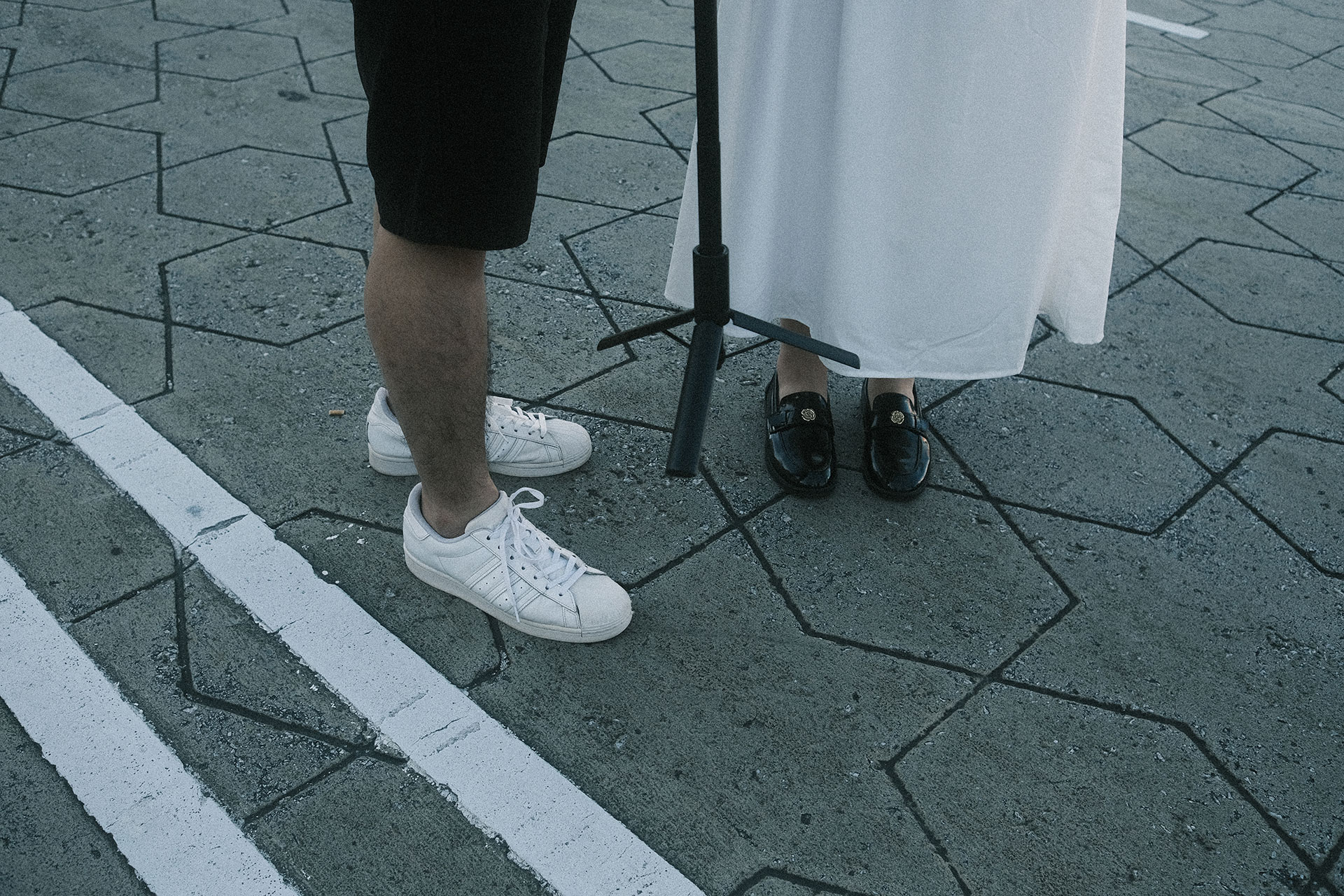Street photography is an art form that captures the essence of everyday life, presenting ordinary scenes in extraordinary ways. One technique that elevates street photography is juxtaposition. It involves placing contrasting elements side by side to create a compelling narrative or highlight differences. This guide will introduce beginners to the world of juxtaposition in street photography, with a focus on the timeless appeal of black and white imagery.
1. Understanding Juxtaposition in Street Photography
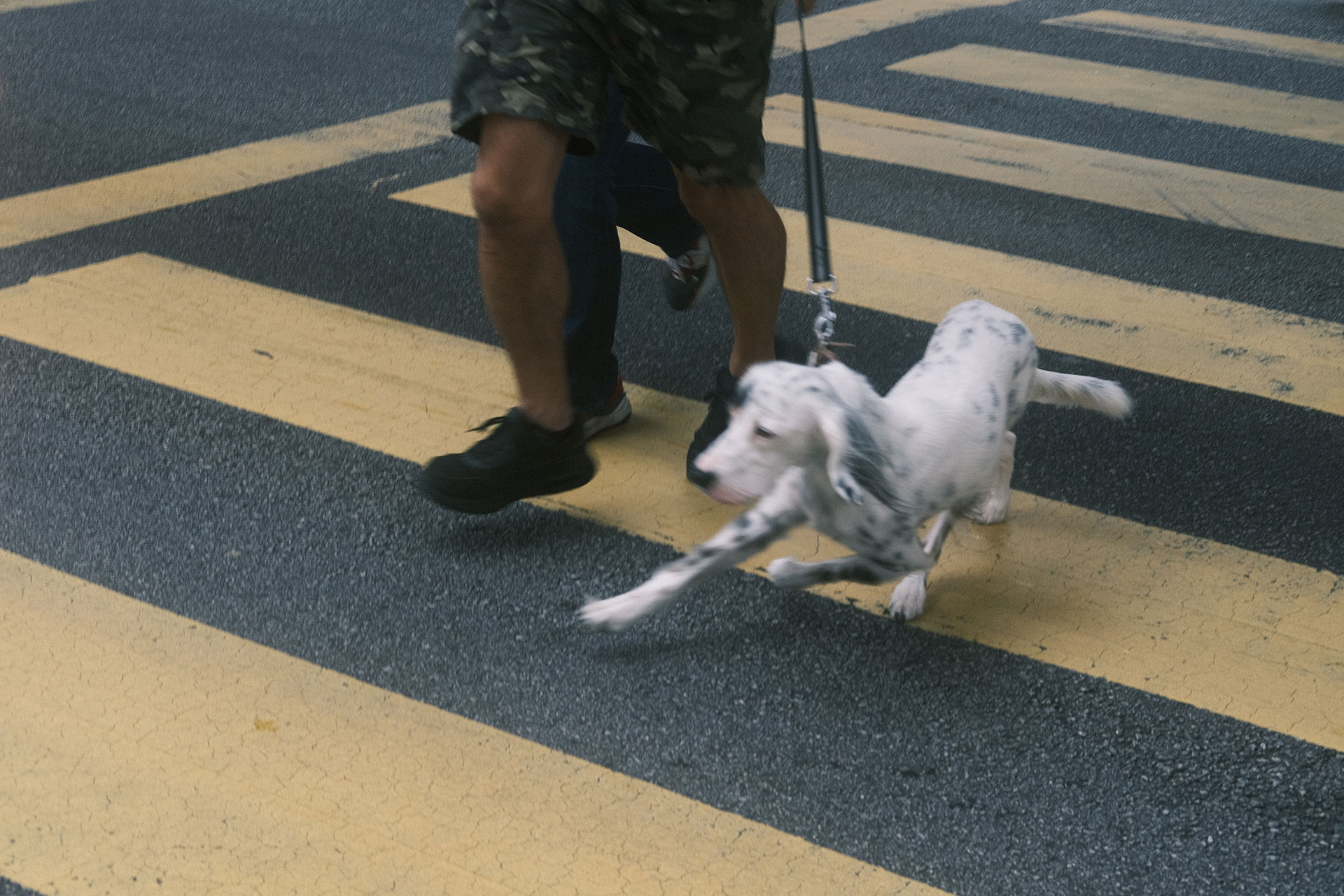
Juxtaposition is a powerful tool in street photography. It’s about finding contrasts in your environment and using them to tell a story or convey a message. These contrasts can be visual, thematic, or emotional. For example, you might capture an image of a bustling street with a lone figure standing still, or a modern skyscraper next to an old, crumbling building. The key is to find elements that, when placed together, create a striking or thought-provoking image.
In black and white street photography, juxtaposition takes on an additional dimension. Without the distraction of color, the contrasts in texture, light, and shadow become more pronounced. This can enhance the impact of your juxtapositions, making them more noticeable and powerful.
2. Tips for Creating Juxtaposition in Street Photography
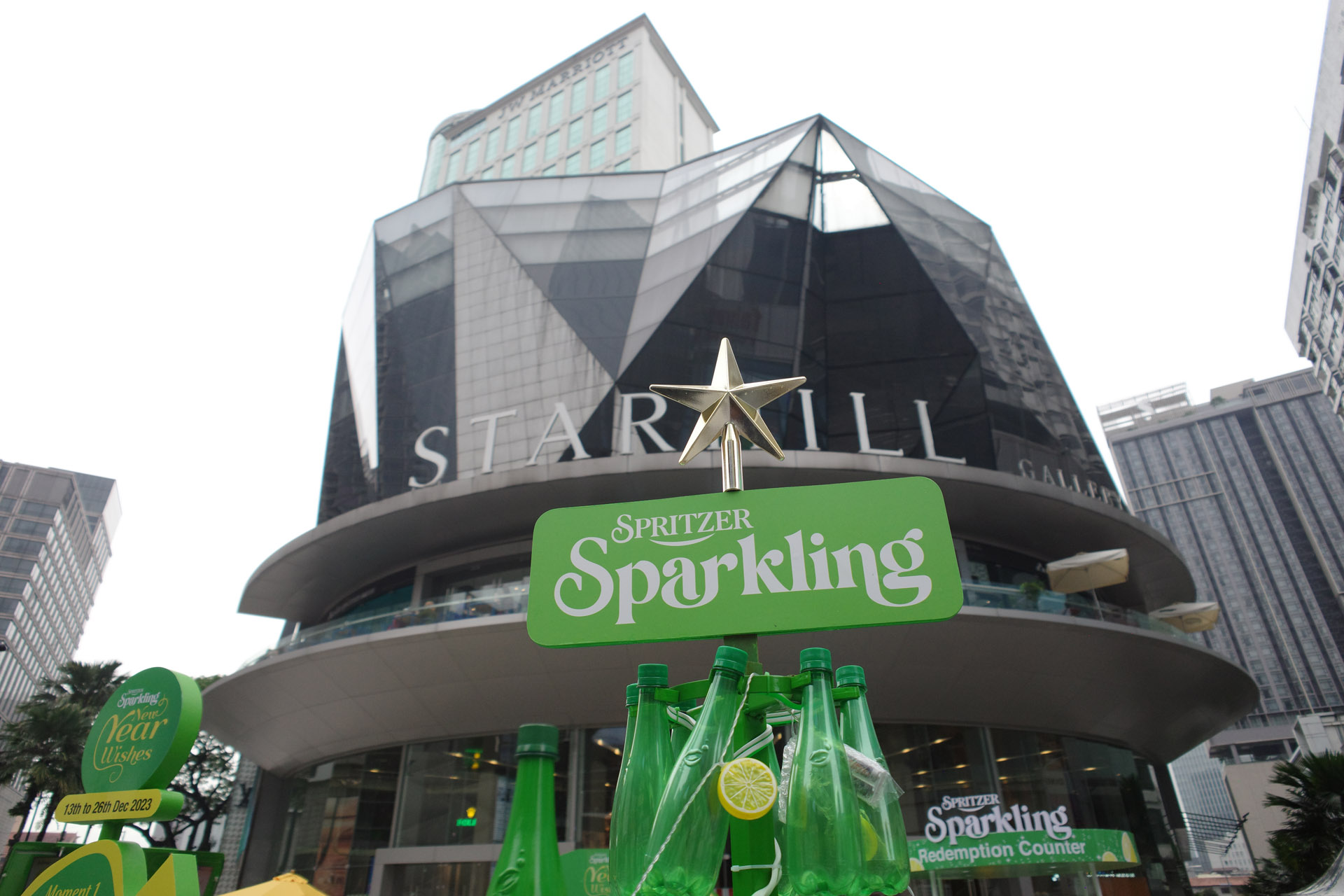
Observe Your Surroundings: Start by being an observant photographer. Look for contrasts in your environment, such as old vs. new, light vs. dark, or movement vs. stillness. Pay attention to the details that can create an interesting contrast.
Use Light and Shadow: In black and white photography, the interplay of light and shadow is crucial. Look for scenes where this interplay creates dramatic contrasts, adding depth and dimension to your images.
Focus on Composition: Composition is key in street photography. Use techniques like the rule of thirds or leading lines to arrange elements in your frame to highlight contrasts.
Capture Candid Moments: Street photography often involves capturing candid, unposed moments. These spontaneous moments can provide natural contrasts, as they often contain differences in emotion or action.
Experiment with Angles and Perspectives: Changing your angle or perspective can reveal new contrasts. Try shooting from a high angle to capture the contrast between the ground and the sky or from a low angle to emphasize the size difference between objects.
Embrace Black and White: Converting your images to black and white can enhance the contrasts in your photos. Without color, the contrasts in tone and texture become more prominent, making your images more striking.
Post-Processing: Use post-processing tools to further emphasize contrasts. Adjusting the contrast, brightness, and sharpness can make the differences in your image more pronounced.
3. Example Images of Juxtaposition in Street Photography
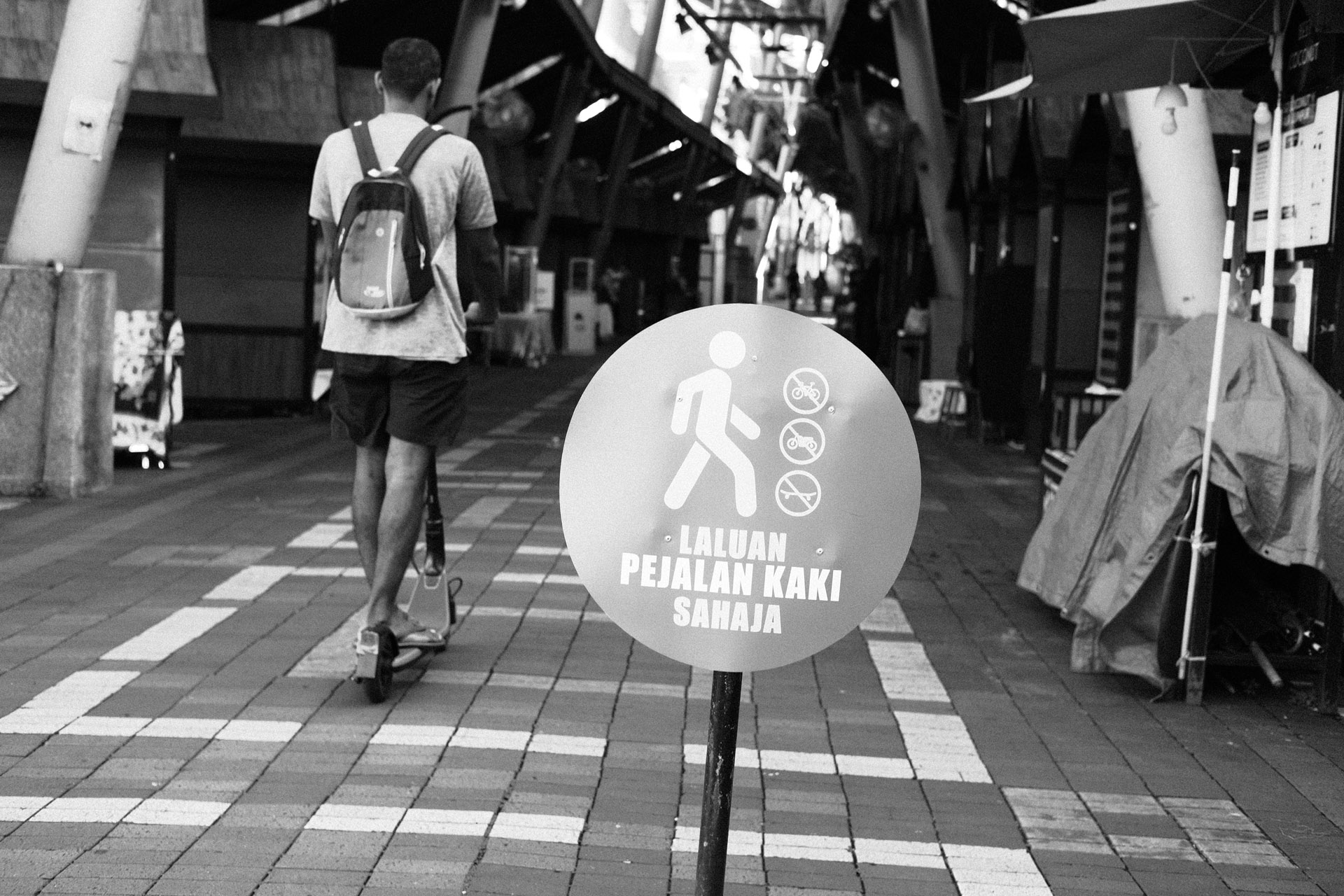
Here are a few examples of juxtaposition in street photography, demonstrating how this technique can be used to create compelling images:
Old and New: An image of a historic building next to a modern skyscraper, highlighting the contrast between old and new architecture.
Light and Dark: A street scene where one side of the street is bathed in sunlight while the other is in shadow, creating a stark contrast between light and dark.
Stillness and Movement: A photo capturing a still moment in a busy street, such as a person standing still while others rush by, emphasizing the contrast between stillness and movement.
Texture Contrast: An image focusing on the contrasting textures of different surfaces, such as the smoothness of glass against the roughness of brick.
Emotional Juxtaposition: A photograph capturing contrasting emotions, like a joyful street performer next to a pensive passerby.
By studying these examples and understanding the principles behind them, beginners can start to incorporate juxtaposition into their street photography. Check out some of the award-winning photographs here.
3. Conclusion
Juxtaposition is a powerful technique that can add depth, interest, and meaning to your street photography. By contrasting different elements, you can create images that are visually striking and emotionally resonant. Black and white photography, with its emphasis on tones and textures, provides an excellent medium for exploring juxtaposition. Remember, the key to successful juxtaposition is observation and creativity. Keep your eyes open for contrasting elements, and don’t be afraid to experiment with different perspectives and compositions. With practice, you’ll be able to use this street photography technique to create compelling and memorable street photographs.
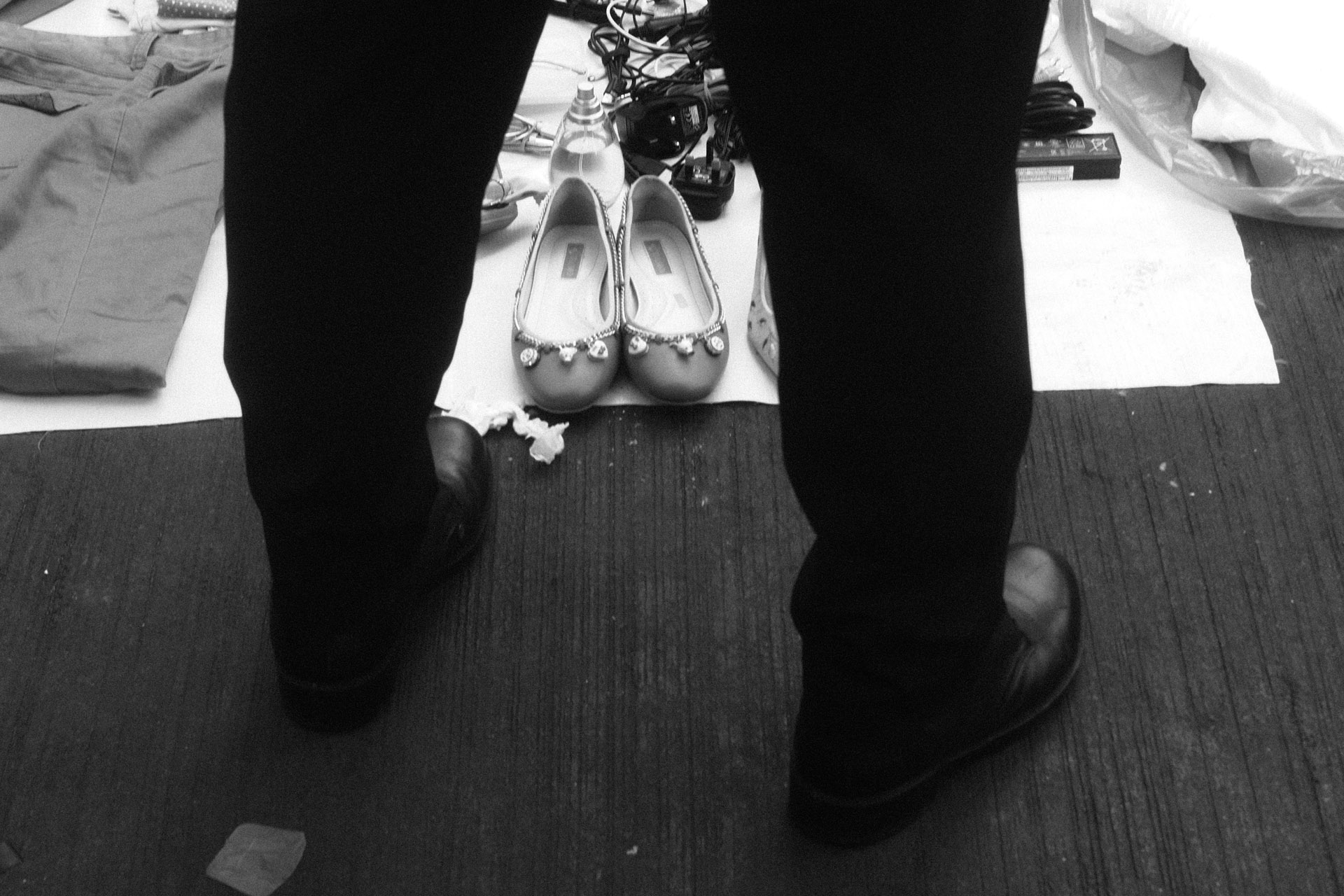
For those looking to further their skills, enrolling in photography courses can be an excellent way to learn more about juxtaposition, basic composition techniques, and other aspects of street photography. Additionally, exploring the best photobooks for street photography can provide inspiration and insights from seasoned photographers. These resources can help you understand how to effectively use juxtaposition in your work and develop your unique style.
Remember, the journey of mastering juxtaposition in street photography is an ongoing process. Keep practicing, experimenting, and learning from your experiences. Over time, you’ll develop a keen eye for finding and capturing the contrasting elements that make street photography so captivating.

